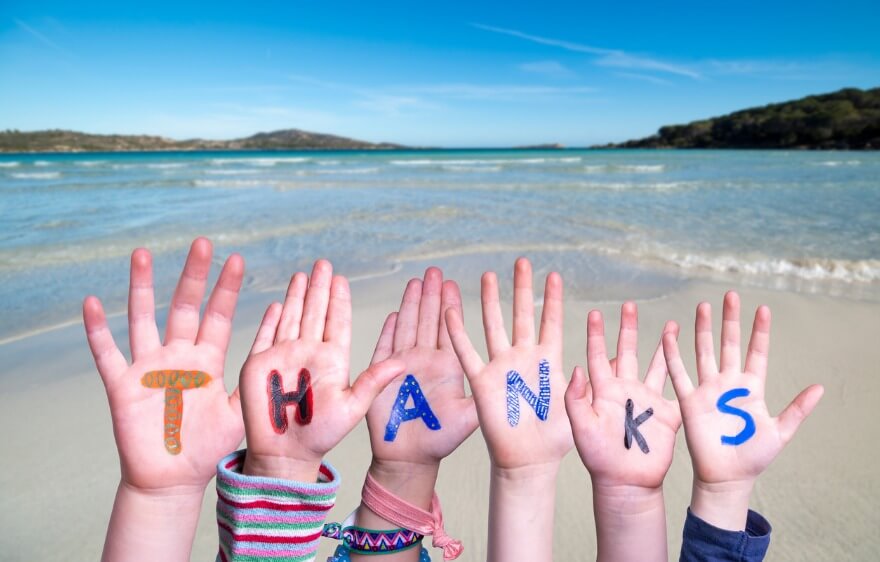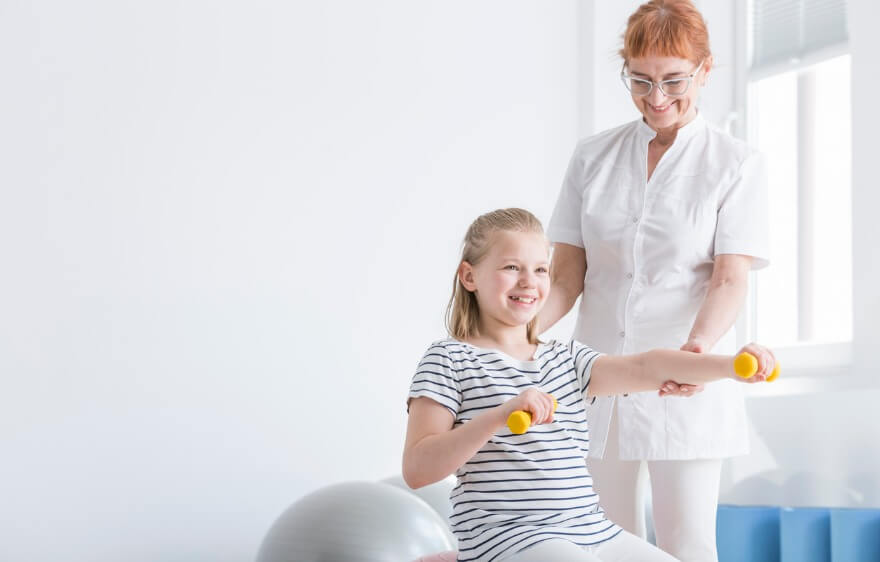There are fewer things in life that are as heartbreaking as finding out your child has a medical condition. It can be equally disconcerting and frightening if they haven’t been diagnosed with anything, but they’ve recently had a seizure and you’re scrambling trying to find out what caused it. What, exactly, are seizures? Why do they happen? Are there warning signs of an upcoming episode? And, what can you do to help your child during and after a seizure?
What are seizures?
Seizures are uncontrollable jerky movements caused by a neurological disorder. These disorders trigger a surge in electrical activity in the brain, affecting muscle movements, vision, behavior, and consciousness. While they can occur to people at any age, they are most common in children. For many patients, seizures can be managed by taking medications. They can also range in type, severity, and length. The types of seizures include:
Generalized Onset Seizures
Generalized onset seizures affect both hemispheres of the brain. Different types of generalized seizures include:
- Absence Seizures: Also known as petit mal seizures, often occur in children and are characterized by staring into space or by subtle body movements, such as eye blinking or lip-smacking. These seizures may occur in clusters and cause a brief loss of awareness.
- Tonic Seizures: Tonic seizures cause stiffening of our muscles. These seizures usually affect muscles in your back, arms, and legs and may cause you to fall to the ground.
- Atonic Seizures: Also known as drop seizures, cause a loss of muscle control, which may cause you to suddenly collapse or fall down.
- Clonic Seizures: Clonic seizures are associated with repeated or rhythmic, jerking muscle movements. These seizures usually affect the neck, face, and arms.
- Myoclonic Seizures: Myoclonic seizures usually appear as sudden brief jerks or twitches of your arms and legs.
- Tonic-Clonic Seizures: Previously known as grand mal seizures, are the most dramatic type of epileptic seizure and can cause an abrupt loss of consciousness, body stiffening and shaking, and sometimes loss of bladder control or biting your tongue.
Focal Onset Seizures
Focal onset seizures are located in only one part of the brain. For this reason, they are also known as partial seizures and include several subsets:
- Simple Focal Seizures: Also known as auras, these affect only a small portion of the brain and can cause unusual changes in tastes and/or smell. They also cause twitching, but the child won’t lose consciousness.
- Complex focal seizures: These types of seizures affect one hemisphere of the brain. They cause a child to not be aware of their surroundings and to smack their lips, pick at their clothes, and wander around aimlessly.
- Secondary generalized seizures: These seizures begin in only one side of the brain, then spread to the other — causing tonic-clonic seizures. The child usually also emits a short cry as air passes their vocal cords, muscles stiffen, and they fall to the floor.
Causes of Seizures in Children
A common cause of seizures in young children is having a high fever. However, they could be a sign of a more serious medical condition, including:
- Inflammation
- Infections
- Stroke
- High blood pressure
- Epilepsy
- A congenital brain defect
- Lack of sleep
- Low blood sodium (hyponatremia), which can happen with diuretic therapy
- Medications, such as certain pain relievers, antidepressants or smoking cessation therapies, that lower the seizure threshold
- Head trauma that causes an area of bleeding in the brain.
- Brain tumor
- COVID-19 infection
It is also possible to never find out the cause of a seizure. However, if they are caused by an underlying medical issue, once the infection or condition clears up, the child will stop having seizures.
Seizure Warning Signs
Signs of an upcoming seizure may vary from person to person, and they may range from mild to severe. The most common ones include:
- Confusion
- Staring vacantly
- Anxiety
- Tingling sensations
- Numbness
- Uncontrollable movements of the limbs
- Incontinence
- Falling
If the child is a baby, you may have a harder time realizing they are having a seizure. Some of the warning signs in babies include:
- Changes in breathing pattern
- Stiff limbs
- Unusual movements of the eyelids
- Inability to focus attention
- Being limp and/or unresponsive
How to Help a Child During and After a Seizure
1. Ensure the Child’s Safety
Gently help place the child on the floor to prevent them from falling from furniture and cushion their head with a pillow or piece of clothing. In addition, remove any nearby objects that may be knocked over by their jerky movements, and loosen clothing around their neck.
2. Don’t Try to Stop the Movements
Since they are caused by electrical currents in the brain, physically restraining the child won’t make them stop. But, it could make the experience even more uncomfortable for your child or hurt them.
3. Keep Their Mouth Clean
If your child vomits during the seizure, clear it up gently to prevent choking. Also check for an excessive accumulation of saliva, which could be just as dangerous — placing them sideways reduces the risk of choking. Do not give them water or anything to drink until the seizure fully stops and the child regains consciousness.
4. Keep Track of Everything
If your child has experienced seizures before, keep a record of when they occur and if you’ve noticed specific warning signs. Also, note if there have been any recent changes — such as taking a new medication.
5. Note How Long the Seizure Lasts
If possible, try to make a mental note of the duration of the seizure. Most of them last between 30 seconds and two minutes. If they last longer than that — or if your child is having trouble breathing — seek emergency medical care immediately.
6. Try to Remain Calm
This is often the most difficult step, since it’s natural to become frightened and worried if your child is experiencing a seizure. However, remaining calm and comforting your child will help reduce the likelihood of them becoming scared of what just happened. If it was the first time your child had a seizure, contact their pediatrician immediately.
Contact Care Options for Kids for Home Health Care in Florida
It can be hard to balance your time between work, home, and caring for a child. That’s why our team of professionals at Care Options for Kids is here to help.
Our home health care services offer support in the comfort of your home. We refer loving and competent nurses to provide customized care for families — from a few hours a day to around-the-clock supervision. Contact us directly to speak with a home health care professional or request a free in-home assessment. Together we can determine the best plan of action to keep your loved ones happy and healthy.
If you or a loved one are considering Pediatric Home Health Care Services in Florida, contact the caring staff at Care Options for Kids. Call today at (888) 592-5855.






